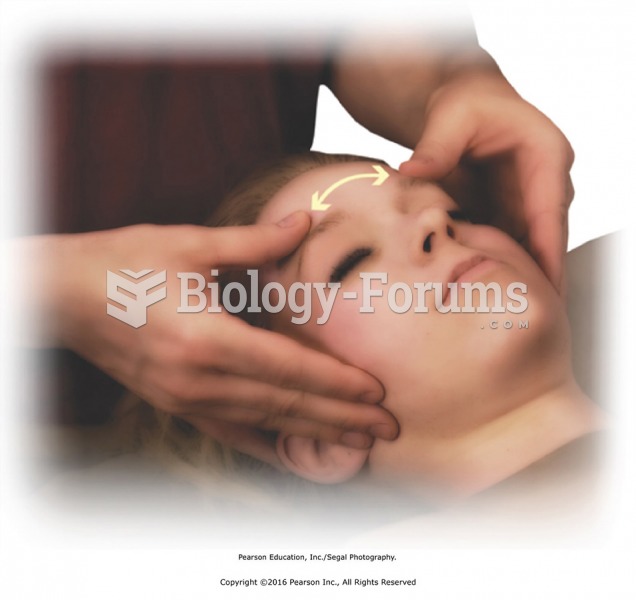|
|
|
The first oral chemotherapy drug for colon cancer was approved by FDA in 2001.
More than nineteen million Americans carry the factor V gene that causes blood clots, pulmonary embolism, and heart disease.
As the western states of America were settled, pioneers often had to drink rancid water from ponds and other sources. This often resulted in chronic diarrhea, causing many cases of dehydration and death that could have been avoided if clean water had been available.
Drugs are in development that may cure asthma and hay fever once and for all. They target leukotrienes, which are known to cause tightening of the air passages in the lungs and increase mucus productions in nasal passages.
There are approximately 3 million unintended pregnancies in the United States each year.
 The fact that a mother works outside the home has no negative effect on the well-being of her child ...
The fact that a mother works outside the home has no negative effect on the well-being of her child ...
 Apply effleurage to the face using palms. Stroke bilaterally from chin to temples, lifting facial ...
Apply effleurage to the face using palms. Stroke bilaterally from chin to temples, lifting facial ...





